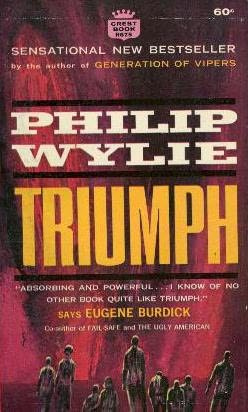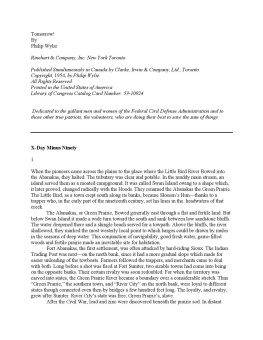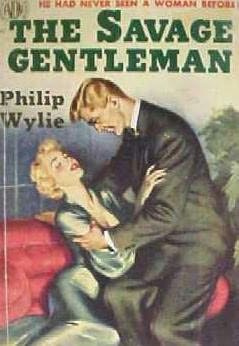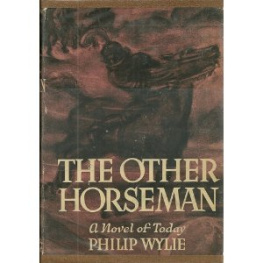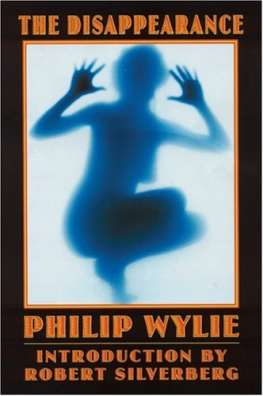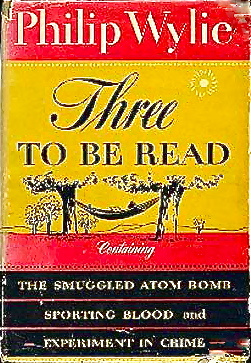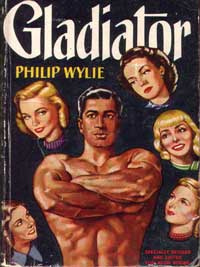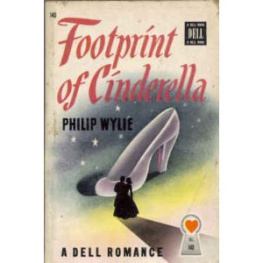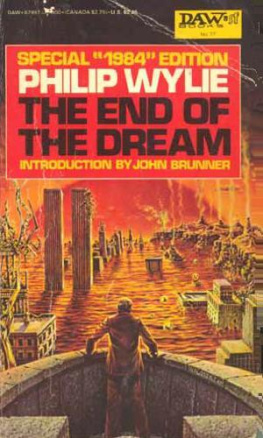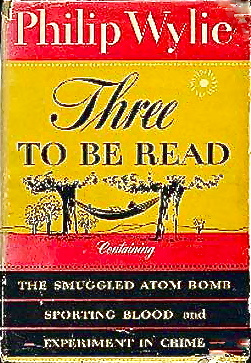Laurence Wylie - Village in the Vaucluse
Here you can read online Laurence Wylie - Village in the Vaucluse full text of the book (entire story) in english for free. Download pdf and epub, get meaning, cover and reviews about this ebook. year: 1981, publisher: Harvard University Pres, genre: Religion. Description of the work, (preface) as well as reviews are available. Best literature library LitArk.com created for fans of good reading and offers a wide selection of genres:
Romance novel
Science fiction
Adventure
Detective
Science
History
Home and family
Prose
Art
Politics
Computer
Non-fiction
Religion
Business
Children
Humor
Choose a favorite category and find really read worthwhile books. Enjoy immersion in the world of imagination, feel the emotions of the characters or learn something new for yourself, make an fascinating discovery.

- Book:Village in the Vaucluse
- Author:
- Publisher:Harvard University Pres
- Genre:
- Year:1981
- Rating:3 / 5
- Favourites:Add to favourites
- Your mark:
- 60
- 1
- 2
- 3
- 4
- 5
Village in the Vaucluse: summary, description and annotation
We offer to read an annotation, description, summary or preface (depends on what the author of the book "Village in the Vaucluse" wrote himself). If you haven't found the necessary information about the book — write in the comments, we will try to find it.
Village in the Vaucluse — read online for free the complete book (whole text) full work
Below is the text of the book, divided by pages. System saving the place of the last page read, allows you to conveniently read the book "Village in the Vaucluse" online for free, without having to search again every time where you left off. Put a bookmark, and you can go to the page where you finished reading at any time.
Font size:
Interval:
Bookmark:
Text extracted from the pdf.
Some typos have been corrected but not all.
Some parts of the book might be missing.
+ ++ + ++ + ++ + ++ + ++ + ++ + ++ + ++ + ++ + ++ + ++ + ++ + ++ + ++ + ++ + ++ + ++ ++
Preface to the Third preface
In the twenty-five years since I became involved in studying French villages, France has become a primarily industrial country. The prediction of an American research foundation that France will lead European industry by the 1980s is proudly repeated by French officials and publicists. The basic shift in the French economy is reflected in the new symbol of national pride that government subsidies now support and encourage: the Concorde has replaced the Peasant as the emblem of French identity. With this change in the French economy, why, we may properly ask, should anyone be interested in French village life today?
Paradoxically, there is more popular interest in villages now than there was when I began this study. In 1950 most of our French friends could not imagine our voluntarily spending a year in France anyplace except Paris. And to choose a small, isolated community with neither modern comforts nor cultural facilities! Although the French wereand still arcproud of their non-urban roots, they traditionally spent only a few vacation weeks in a village or farm. In all but the richest agricultural areas many houses stood vacant most of the year. Now the rapidly increasing aggravations of city life have changed this pattern. City dwellers escape to the country as frequently and for as long as possible. Their dream is often to recreate what they assume the old communal life must have been. They reconstruct dilapidated houses and lay out new gardens, they play boules in the town square, and may even run for election to the city council.
There is a parallel between this movement and the overwhelming popularity during the last decade of the Astrix comic books. In this series, read by children and adults alike, the main theme is the miraculous survival of a lone village in Gaul; the naive cunning and the ,'natural strength of its citizens protect the village from the encroachment of "civilization. The same myth shapes the schemes of city planners as they adapt what they see as the secret of village happiness to modern needs. Although rural life has lost its place in the French economy, the publics commitment to the myth it nurtured is stronger today than ever before.
I had the good fortune to know Peyrane when it had a vigorous life and a rural personality. In 1950 it was still a viable community peopled mostly by artisans and shopkeepers catering to the farmers of the surrounding countryside. In 1957 my involvement in French villages was doubled, for in that year our family lived in Chanzeaux, a community in western France, some two-thirds of the way between Paris and the Atlantic. At that time Chanzeaux, too, was a viable rural entity. Although less spectacular than Peyrane, this Anjou village has the beguiling charm associated with "la douceur angevine." There is nothing soft and sweet about its ideological tradition, however. In 1792, Chanzeaux was in the van of the fierce. Vendee Rebellion against the Parisian revolutionary government and, like other communities in the Vende angevine, was not reconciled to the idea of a republic until the First World War. The Chanzeans still vote consistently to the right, and 85 per cent of the population (compared to 5 per cent in Peyrane) go to mass regularly. In 1966 my students and I published a book on Chanzeaux, a less personal but more solidly sociological study than this book on a village in the Vaucluse. Peyrane and Chanzeaux represent the Red and the White, traditional opposing forces that continue to shape French history.
Even though France has become predominantly urban, I have found that my almost annual visits to these two rural communities I know so well keep me informed of many current national trends. The presidential election of 1965 took place during the time I served briefly as Cultural Attach at the United States Embassy in Paris. I was as impressed as other members of the Embassy staff to find that my forecasts of the election results were the most accurate of any in the informal Embassy poll. My predictions had been based mostly on what I saw in the crystal ball of Peyrane and Chanzeaux!
The first version of the new concluding chapter of this book was an article I wrote in response to a request from the editors of the New York Times Magazine (November 25, 1973) for an analysis of what had happened to Peyrane in the last twenty-five years. The few paragraphs retained from the article are reprinted by permission. Because I had just come back from a year in Paris and had had the opportunity to visit both Peyrane and Chanzeaux a number of times, the analysis seemed best set in the framework of a comparison of the changes in both villages.
As this third edition of Village in the Vaucluse goes to press, I should like to bring to light a fact that should no longer go unstated. If you find that this book reads well, you will share my gratitude to Anne Stiles Wylie, whose critical acumen has influenced every word, every sentence, every paragraph of this account of a long experience we have shared.
Preface to the Second Edition
This book was written in the hope that it might give an accurate description of life in Peyrane, the French village where we lived in 1950-51. I also hoped, though with less evidence and less conviction, that it might more generally give an insight into life in France beyond the borders of the commune of Peyrane, and it has been pleasing to hear from other witnesses that through an acquaintance with the people of Peyrane one may understand the French people better. Now, thirteen years later, the description needs retouching. Because Peyrane, along with the rest of France, has changed, we must face the question of how much of the original picture is still valid. A partial answer is provided in my section of In Search of France but I have welcomed the opportunity to answer the question more directly in the chapter now added to the original text. I have tried to understand and describe the Peyrane of today, in some ways quite different from that of 1950 and yet in important ways very much the same.
This supplementary account is based on many sources, but primarily on our renewed experience in the community, for we returned there for visits in the spring of 1959 and again in the summers of 1959 and 1961. There have also been letters from Peyrane and reports from friends and readers who have visited the village. A French sociologist and an Italian psychiatrist have made studies of special aspects of life in Peyrane and have recounted some of their experiences to me. In November, 1962, I had an opportunity to meet the new mayor of Peyrane in Paris when he had just returned from the Vaucluse, where he took part in the national election. The censuses of 1954 and 1962 have, along with other data, furnished the basis for further studies I have made on population movement.
Of course, there is no longer a reason for hiding the real name of the commune Roussillon since any interested person could discover it rather easily and since the book is well known to the people of Peyrane. As soon as it was published in 1957 I sent a copy to Rivet, who had been
particularly helpful in sending me information I had needed as I was writing. Other copies drifted into the community. American visitors brought theirs along. Mauron, the caf owner, ordered copies through Unesco and a book dealer of Apt and sold several dozen to tourists and summer people. His own copy he keeps on the bar and uses as a guest book. Moise and other principals have autographed their photographs. Moise, in his enthusiasm, sends me a postcard now and then and signs it with his pseudonym, Moise Jannel, instead of his real name.
Next pageFont size:
Interval:
Bookmark:
Similar books «Village in the Vaucluse»
Look at similar books to Village in the Vaucluse. We have selected literature similar in name and meaning in the hope of providing readers with more options to find new, interesting, not yet read works.
Discussion, reviews of the book Village in the Vaucluse and just readers' own opinions. Leave your comments, write what you think about the work, its meaning or the main characters. Specify what exactly you liked and what you didn't like, and why you think so.


